|
Golden Hills had another successful season of prairie seed harvesting thanks to more than 100 volunteers who joined us throughout the Loess Hills. We hosted at least one volunteer opportunity in each of the seven Loess Hills counties from Akron down to Hamburg. Several events took place at Hitchcock Nature Center in Pottawattamie County. Skeleton weed (Chondrilla juncea) is a unique and rare species for Iowa, typically found much farther west in shortgrass and desert regions. Its fluffy seeds blow away quickly and often don't last long. The plant is easy to overlook surrounded by grasses and other forbs, so finding seed to pick from skeleton weed is always a pleasant surprise! Leadplant, Amorpha canescens, is a common prairie flower. Its seed is often abundant and one person can easily hand-harvest a lot of its seed in a small area. Most of our trips to Hitchcock Nature Center included a visit to Bouteloua Ridge, a spur ridge off of the popular Badger Ridge. This ridge is so named for the abundance of Bouteloua gracilis (blue grama) and Bouteloua curtipendula (side-oats grama). The blue grama seedheads resemble eyelashes, and side-oats look like small oats sticking out nearly perpendicular from the grass stems. Our Harrison County event was at one of the most iconic Loess Hills spots, Murray Hill Scenic Overlook. Here we were able to harvest a significant amount of Yucca glauca. Like skeleton weed, yucca is more of a desert species not usually found east of the Loess Hills, as it prefers the well-drained soils found on only the steepest Loess Hills ridges. In Monona County, we explored an off-trail area in the Preparation Canyon Unit of Loess Hills State Forest. This event included some of the most rugged and challenging terrain, but our eager volunteers were treated to amazing views. Fremont County's seed harvest featured Sunset Ridge, another popular hiking route, at Waubonsie State Park. In Woodbury County we partnered with Woodbury County Conservation at Dorothy Peacut Nature Center. Plymouth County included Five Ridge Prairie in partnership with Plymouth County Conservation Board and Iowa Prairie Network. In Mills County, we worked with Iowa Department of Natural Resources at Green Hill Wildlife Management Area. This is one of the newest wildlife areas in the Loess Hills and overlooks Council Bluffs and Omaha. Despite a dry year, multiple seed harvests were canceled due to wet weather. Fortunately for the events we did have, most included beautiful weather with great fall prairie colors. Our final event was another seed harvest at Hitchcock, where we again visited Bouteloua Ridge.
Some of the seed from Hitchcock and other county parks will be used with their permission to propagate plants in a greenhouse this winter for our native plant sale next spring. We have also made some seed packets to distribute at future events. All seed from DNR properties (state parks and wildlife areas) will stay with the DNR for prairie restoration and reconstruction projects. While we encourage the public to join us for these events, please note that seed-harvesting is generally not allowed without permission on public lands and is not allowed at all for personal use on state grounds. We teach several guidelines about sustainable harvesting, as it is possible to take too much. Make a plan to join us next year and help restore native ecosystems in western Iowa! Details will be posted at goldenhillsrcd.org/prairieseed
0 Comments
Our mission at Golden Hills RC&D is to collaboratively develop and lead community, conservation, and cultural initiatives to improve our quality of life in rural western Iowa. Our "official" territory from our original organizational bylaws is an eight-county region in the southwestern portion of Iowa (Cass, Fremont, Harrison, Mills, Montgomery, Page, Pottawattamie, and Shelby). In 2023, we added four more counties (Audubon, Carroll, Crawford, and Monona). Several projects extend event beyond these 12 counties into more than 20 counties (learn more about where we work).
Our goals are to develop industries in local communities that utilize local resources; ensure healthy natural resources that meet the needs of agriculture, industry, private use, and recreational facilities; promote and enhance art, culture and historic resources in rural communities; collaborate with local governments and organizations on projects that benefit the environment; and work on projects that fill gaps in community services to benefit people of southwest Iowa. We accomplish these goals by focusing our work in five program areas: outdoor recreation and tourism, land stewardship, water resources, local foods, and arts and culture. Today's focus in the new Mission Monday series is Outdoor Recreation and Tourism.
Scenic Byways
Golden Hills coordinates three scenic byways in western Iowa. Glacial Trail Scenic Byway is a 36-mile loop drive that takes some surprising turns through O'Brien, Clay, Buena Vista and Cherokee counties and the rural towns of Peterson and Linn Grove. Traveling through the corners of these four counties, the byway boasts more than its share of parks and wildlife areas. Some are rich with cultural history and natural resources. Visitors will find park structures built during the Civilian Conservation Corps era and log cabins from pioneer days.
The Western Skies Scenic Byway, dedicated in 1998, is among the first state-designated scenic byways in Iowa. Western Skies offers travelers several easy opportunities to venture off the beaten path. The Byway is 142 miles long, traveling through Harrison, Shelby, Audubon and Guthrie Counties, including 14 rural towns. It is easily accessible to travelers from both Interstates 80 and 29. The byway allows visitors to explore and take in a scenic journey along Iowa’s landscapes of rolling hills, working farmsteads, and tranquil small town life.
Situated along Iowa's western border, the Loess Hills National Scenic Byway passes through a unique land formation that is up to 15 miles wide and about 200 miles long from north of Sioux City, Iowa to near St. Joseph, Missouri. The Loess Hills National Scenic Byway began in 1989 as a grassroots effort by dedicated citizens in cooperation with Golden Hills Resource Conservation and Development, Inc. (RC&D) and the Western Iowa Tourism Region.
Brent's Trail
Golden Hills recently received a grant from the Harrison County Community Foundation to purchase and install trail counters on Brent's Trail. The counters will allow Golden Hills, Harrison County Conservation, and the Iowa DNR know approximately how many people are hiking Brent's Trail throughout the year.
Loess Hills Hiking Guide
Hiking is one of the best ways to explore the Loess Hills. Golden Hills has created an interactive Google Map with information about public hiking trails in the Loess Hills. Since its creation, the map has received over 100,000 views!
LoHi Trek
The previously mentioned projects are just a sampling of the work that Golden Hills does in the areas of outdoor recreation and tourism in western Iowa. We are always looking for innovative and collaborative projects to highlight the outdoor recreation and tourism opportunities in western Iowa. Read more about our work in this program area here.
As you drive one of western Iowa's scenic byways, you may be curious about the various modifications to the land that you see from the comfort of your car. If you grew up around agriculture, they might be familiar to you, however, if you are a city dweller you may be curious about the landscapes you encounter along the byways. The rolling hills along the Glacial Trail and Western Skies scenic byways, along with the rugged terrain of the Loess Hills National Scenic Byway, present various challenges to landowners as they seek to prevent soil erosion and improve water quality. Golden Hills RC&D is partnering with the USDA's Natural Resources Conservation Service on the Regional Conservation Partnership Program for the West Nishnabotna Water Quality and Infrastructure Partnership. The project will provide cost-share to landowners within the West Nishnabotna watershed to implement conservation practices that impact erosion and water quality issues. Below are short descriptions with photos of a variety of conservation practices that you can see while driving the Glacial Trail Scenic Byway, Loess Hills National Scenic Byway, or the Western Skies Scenic Byway. The RCPP program is designed to help landowners implement these conservation practices to improve water quality and prevent soil erosion. If you are a landowner within the West Nishnabotna watershed, consider attending one of several upcoming public information meetings about the program. Terraces
Prairie Strips
Research shows that by converting 10% of a crop-field to diverse, native perennial vegetation, farmers and landowners can reduce sediment movement off their field by 95 percent and total phosphorous and nitrogen lost through runoff by 90 and 85 percent, respectively. Prairie strips provide a win-win scenario for farmers and wildlife. (Source: What Are Prairie Strips? by Iowa State University) Grassed Waterways
The most common areas for grassed waterways are in draws between hills, and other low lying areas on slopes where water concentrates as it runs off a field. Grassed waterways may also be used to convey runoff from terraces, diversions, or other sources of water concentrations to a stable outlet. Cover Crops
Common cover crops used in Iowa include winter hardy plants like rye and wheat. Other less common, but also effective, cover crops include oats, spring wheat, hairy vetch, red clover, sweet clover, turnips, rapeseed, radishes and triticale. Water and Sediment Control Basins
Quentin (aka “Q”) and Tiffany Carritt are both Marine veterans, Q for 24 years and Tiff for 10. Q wasn’t sure what he wanted to do for a career, but that changed after hearing Joel Salatin on a podcast. While still living in California, they bought 17 acres in the Loess Hills near Crescent in 2019. They considered several states, but settled on Iowa because of family ties, as Q grew up in the western Iowa and Omaha areas. Much of the property had been conventional rowcrop for many years. One of the first things they did after buying the place was plant pasture where the crop fields had been. Soon after moving in, they built chicken tractors, and started with 25 meat birds in June 2019. They quickly sold out, primarily by customers advertising through word of mouth. They currently have 8 chicken tractors, with up to 30 birds in each. They process chickens once per month, spring through fall. They raise about 500 birds per year in 5-6 batches, plus one batch of turkeys ready just in time for Thanksgiving. They also have about 45 laying hens, and their eggs are often sold out. Q and Tiff were processing on-farm for a while, but now use Duncan’s Poultry. They have also spent significant time and resources on infrastructure on the farm. Besides their house, the property did not have other structures, fencing, or water for livestock. Tiffany started beekeeping and has scaled up to 5 hives, as well as mentoring several people nearby on how to keep bees. The name Paradigm Pastures comes from changing the paradigm of our modern agricultural and food systems, closer to what they used to be like. They are interested in ethical & humane animal treatment, healthy & local foods, and sustainable & regenerative agriculture. Paradigm Pastures plans to incorporate goats and pigs as soon as next year, and someday add fruit trees. In the future they would like to have an internship program too. While primarily self-taught Q participated in the Salatin Semester program, and has attended a Grazing School with Greg Judy. He has read a lot of Salatin and Savory’s work. Tiff has participated in the Great Plains Master Beekeeper program. The farm has some remnant prairie areas that Q & Tiff hope to restore. They also plan to add more native prairie species into the pastures.
They recently received EQIP cost-share from NRCS that is helping to build fencing and watering systems for their livestock. They are fencing in about 14 acres that will include multispecies rotational grazing. In addition to farming, Q puts his military experience to use by offering on-farm firearms training for the public. To learn more and shop Paradigm Pastures at their website and follow them on Facebook, Instagram, and YouTube. |
Archives
June 2024
Categories
All
|
Address712 South Highway Street
P.O. Box 189 Oakland, IA 51560 |
ContactPhone: 712-482-3029
General inquiries: [email protected] Visit our Staff Page for email addresses and office hours. |
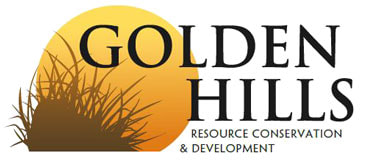






























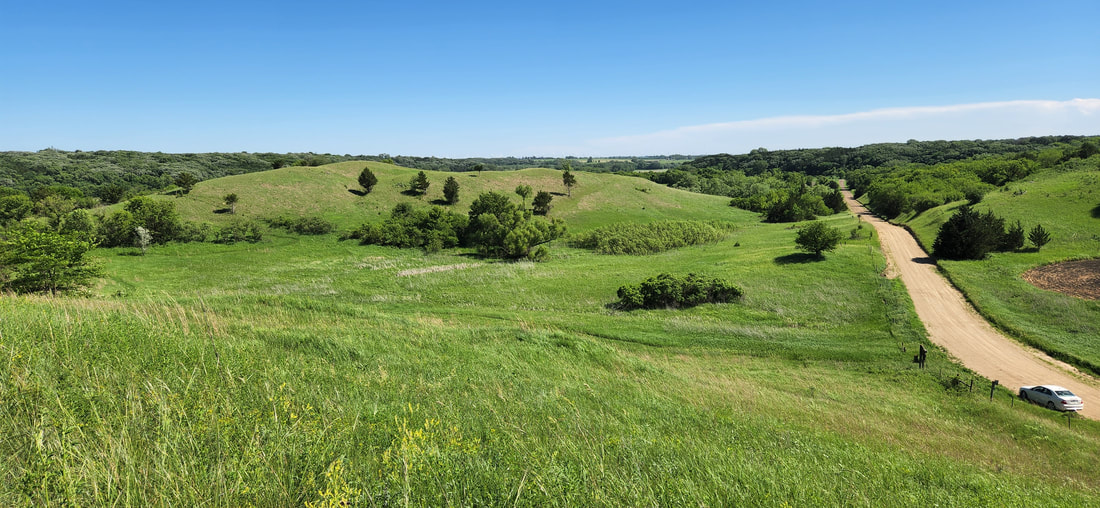





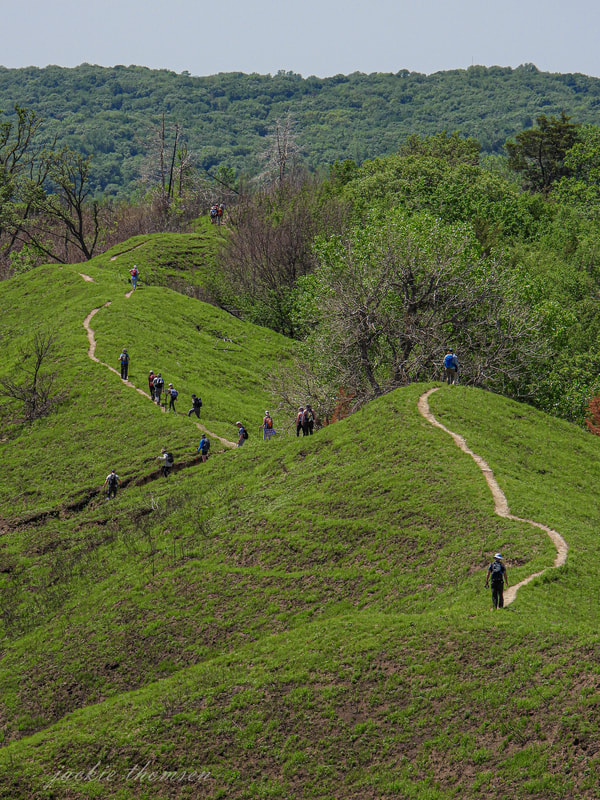
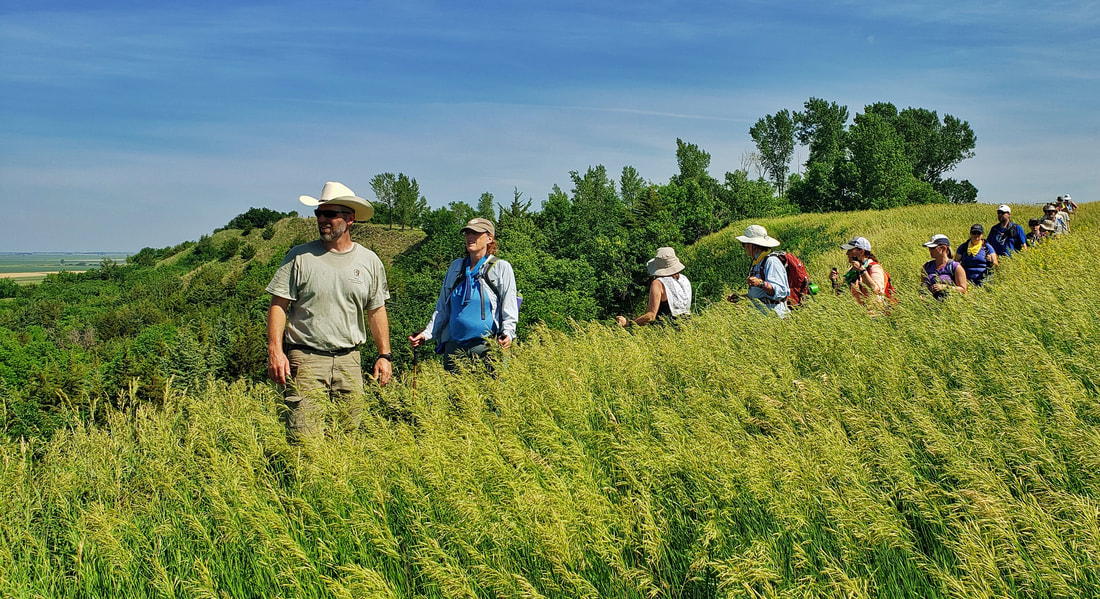



















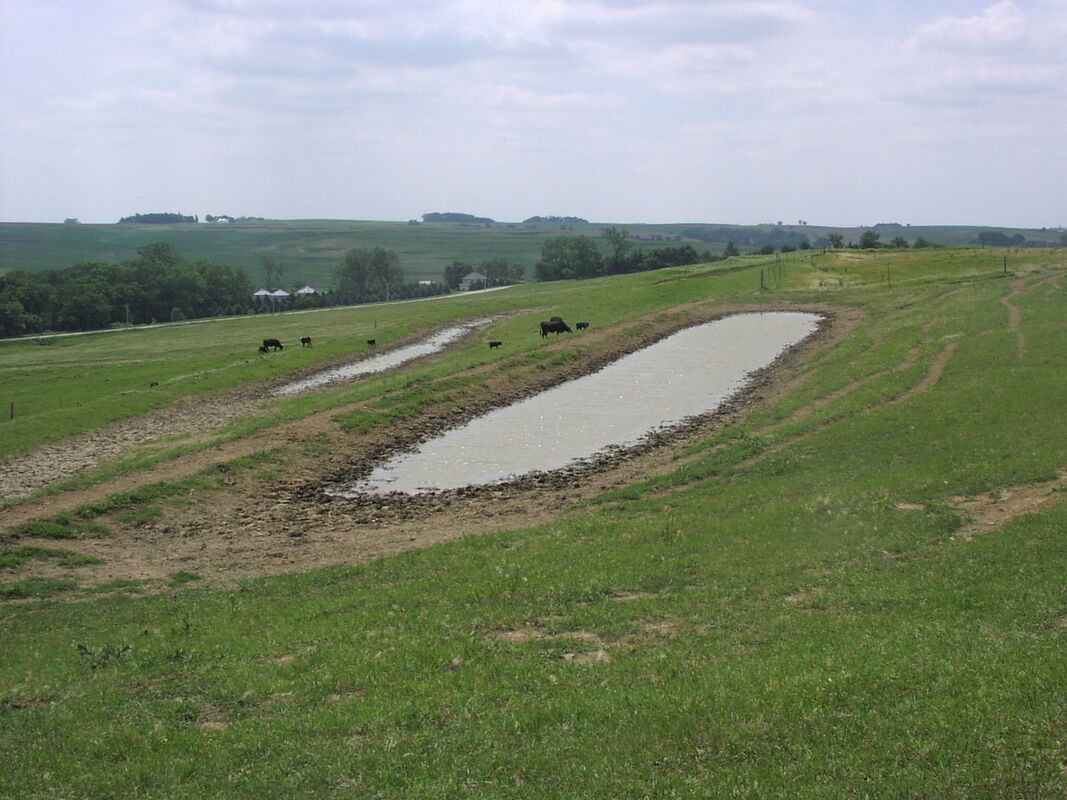










 RSS Feed
RSS Feed